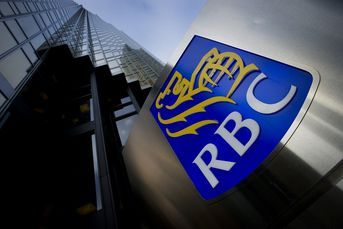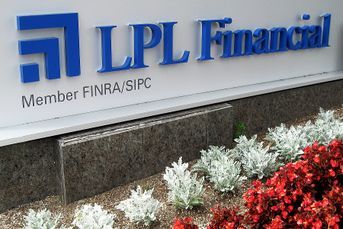Fund conversion takes toll on UBS’ fee revenue
Fund conversion takes a toll on UBS' fee revenue, but AUM and revenue per adviser hits a record as the firm sheds lower producers.
UBS Wealth Management Americas’ fee-based revenue fell $10 million in the fourth quarter as the firm began to see the impact of a move last fall to transition clients into cheaper institutional-class mutual funds.
Recurring net income fell to $1.19 billion in the last quarter of the year “mainly due to lower mutual fund fees partially offset by higher managed account fees,” the firm said in its earnings release. Overall revenue was $1.92 billion, up from $1.85 billion a year ago.
At the end of the third quarter, many of the firm’s approximately 7,100 advisers moved clients from class A and C mutual fund shares to cheaper institutional class shares, which do not charge annual distribution and marketing — or 12b-1 — fees. The firm was the last of the four so-called wirehouse firms to make the switch, which follows a broader industry trend that has been taking place as brokers adopt more fee-based accounts.
Prior to the share class conversion, UBS had asked its advisers to consider raising what they charged clients for managed accounts to compensate for the loss of revenue from the 12b-1 fees.
Despite the 1% quarterly dip, the firm’s year-over year fee income was up 9%. That was still less, however, than the 15% average year-over-year growth the firm was accustomed to in recent previous quarters.
With that, however, UBS advisers still retained their ranking as the most productive on the Street, bringing in an average of $1.09 million per year, up from $1.04 million a year ago and ahead of the next most profitable firm, Bank of America Merrill Lynch whose advisers stood at around $1.07 million.
That jump came even though the firm lost around 2% of its financial advisers over the course of the year, as headcount fell from 7,137 to 6,997. The firm said in the earnings report that the decline was due to attrition of lower-producing advisers.
Powering UBS’ productivity gains was an overall boost in client assets, which totaled $1.08 trillion, up nearly 18% from the previous year’s $914 billion. That growth was driven mostly by advisers who had been at UBS for more than one year, the firm said in the earnings release.
It was still, however, below assets held in Charles Schwab & Co. Inc.’s institutional RIA channel, which totaled $1.11 trillion. The two have been neck-and-neck since Schwab first surpassed UBS in the second quarter last year.
And despite the increase in productivity, UBS reported its margins were shrinking as the firm’s cost-to-income ratio rose to 88.5% in the quarter, well ahead of the 85.9% in the year ago quarter. Financial adviser compensation and recruiting commitments contributed significantly to that rising number. Compensation was up 10% year-over-year as the firm spent $757 million last quarter on paying its advisers, up from $688 million.
Analysts on the earnings call questioned why margins continued to fall even as revenues rose.
“You’re giving away your revenue increases and then some to your employees,” said Andrew Lim with Societe Generale S.A. “I know you have to compensate them for good performance, but it’s aggressive.”
In response, Tom Naratil, the chief financial officer of UBS Group AG said that he expected compensation changes in 2015 would help to “normalize” compensation. The firm has shifted its payout plan to provide more rewards for fee-based businesses and lending, which are more profitable and provide a more steady source of income for the firm.
“We have made some slight changes to the compensation plan in 2015 where we normalize those revenue differences, which I think will start to counteract the trend that you described,” Mr. Naratil told the analyst. “We’ll start to see more of the [earnings] coming through as we increase our net interest and fee-based business.”
The firm also said it had to pay $187 million related to recruiting loans to financial advisers that vested in the fourth quarter. That was up from $175 million a year ago. Overall, the firm had $2.93 billion in outstanding loans to advisers, down 5% from $3.06 billion the year before.
Learn more about reprints and licensing for this article.






